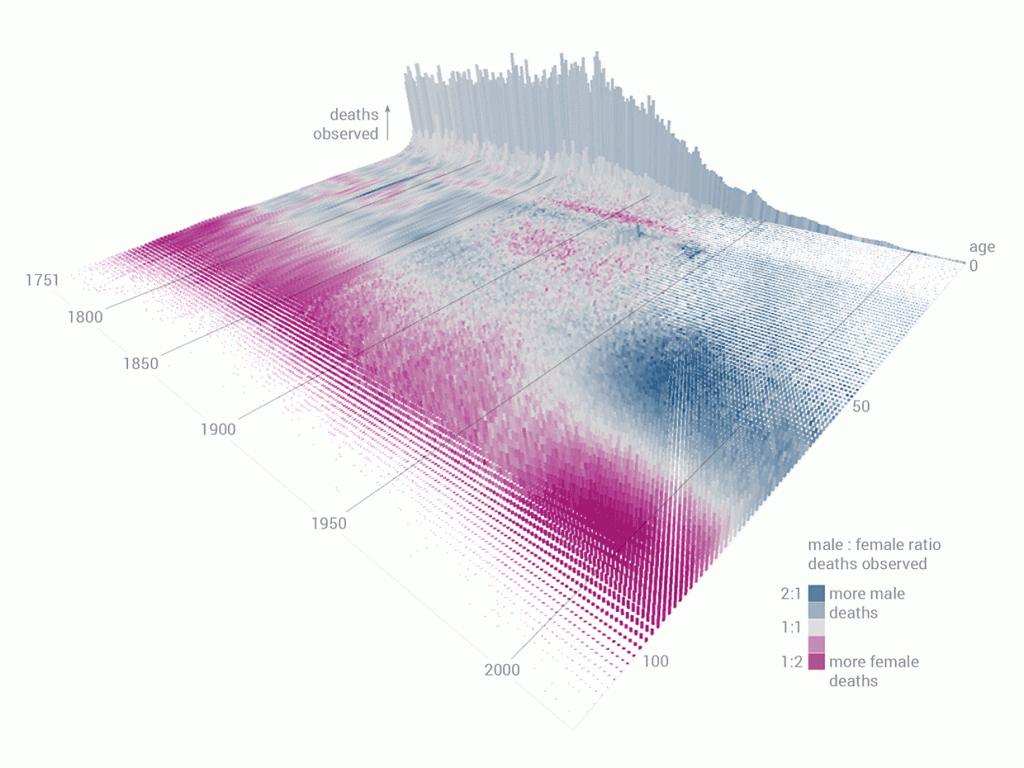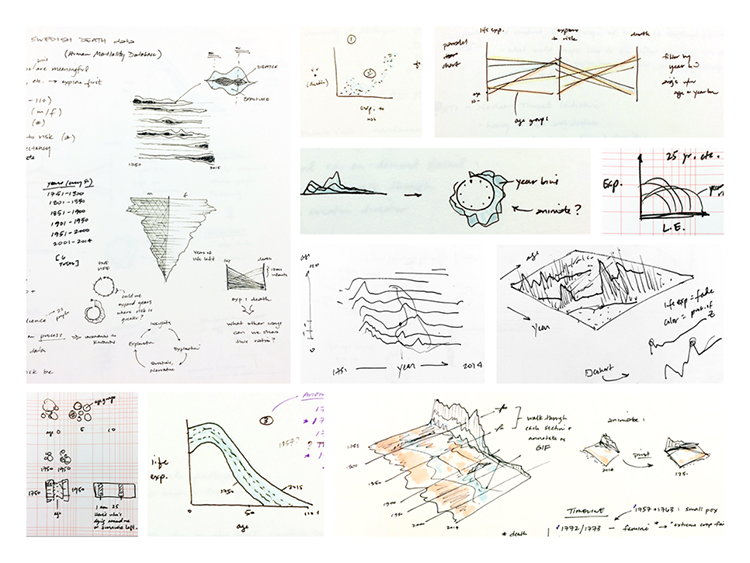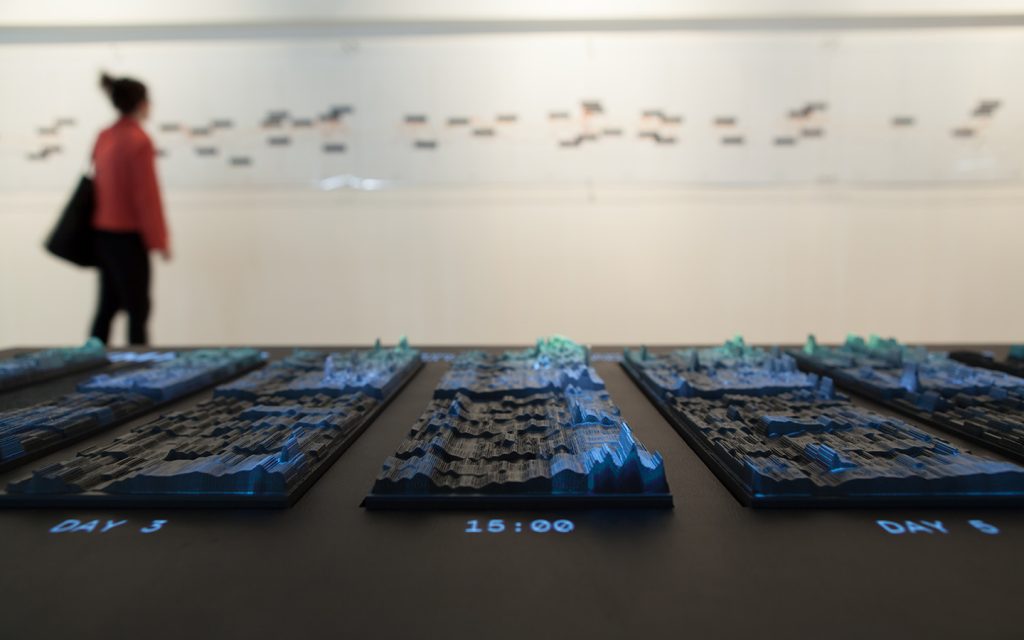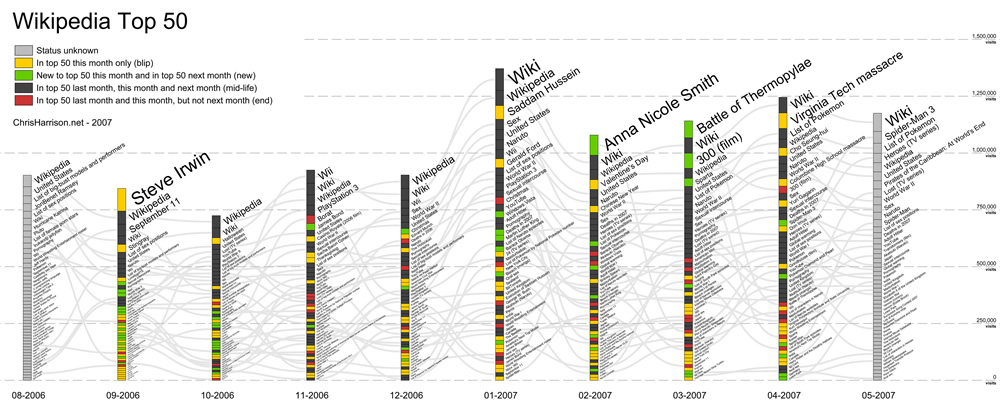His talk:
One of his works I liked from his instagram:
His website: http://thesystemis.com/
Zach Lieberman describes himself as an “artist, researcher, hacker dedicated to exploring new modes of expression and play.” He studied Fine Arts at Hunter College and has a BFA and MFS in Design and Technology from Parsons, where he currently teaches. His works use technology in a way that augments the body’s ability to communicate, focusing on computer graphics, human-computer interaction, and computer vision.
Throughout the talk, Lieberman was very humorous, genuine, and relatable with his audience. He introduces himself by first talking about his relationship with his father and how his father inspires him. “The world needs stories. Storytelling isn’t about technique, it’s about being fully human.” His personal story is important in contextualizing his work.
I like the way he chose to introduce himself because I feel like it rang true for his work as a whole and the idea of human connection that he works toward.
He uses drawing (live demonstrations of drawing with code) as a vehicle to talk about his projects, as well as introducing other artists and works he likes. For example, using airplane wallpaper to introduce idea of connecting to other places and then connecting that to his project “Play the World”. I liked that project a lot, especially because of the surround sound speakers that serve as a reminder of your physical location in the world.
![[OLD FALL 2019] 15-104 • Introduction to Computing for Creative Practice](../../../../wp-content/uploads/2020/08/stop-banner.png)










